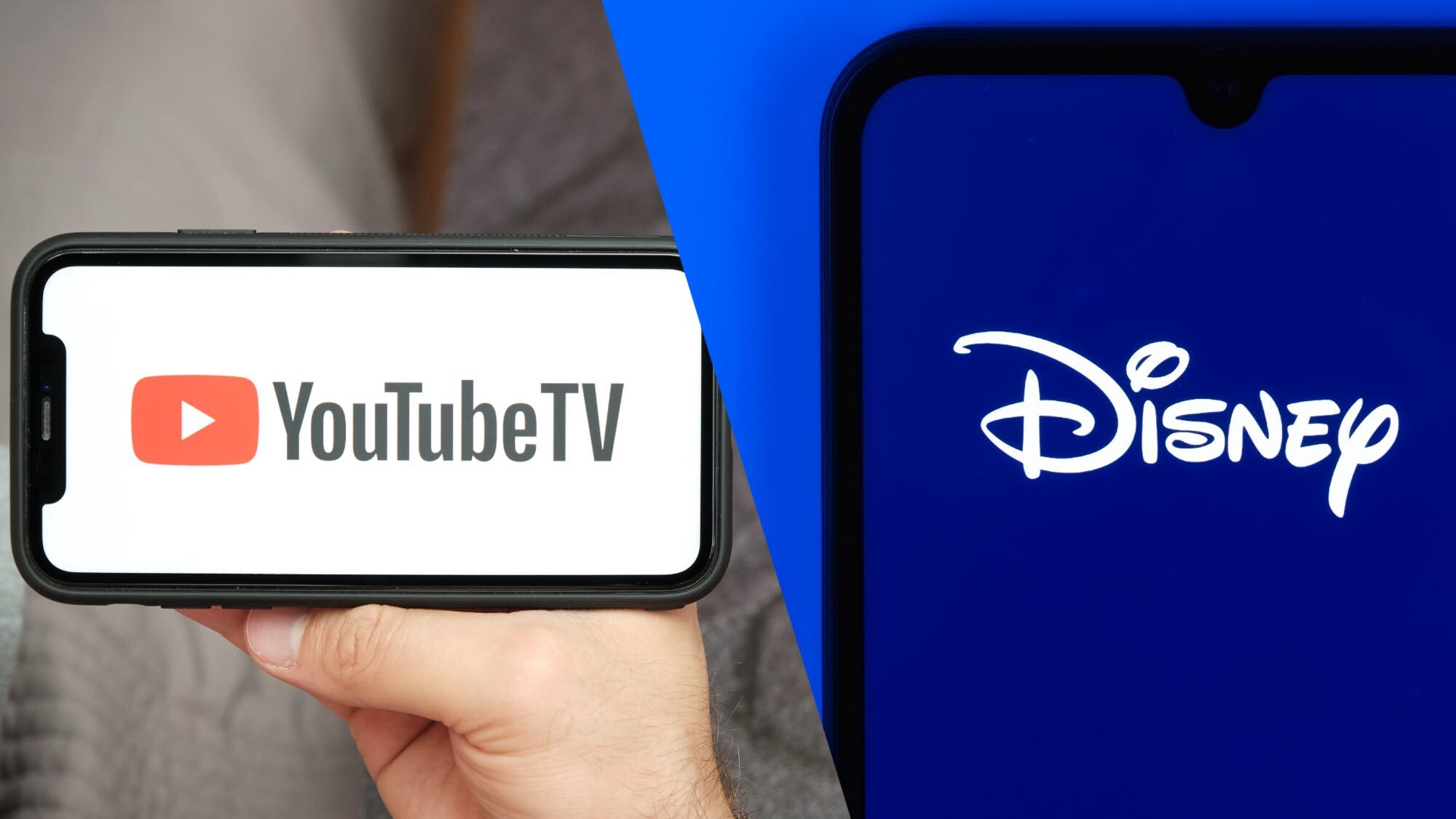Claude is my favorite AI model — here's how I use it

I've been using Claude for about a year now, and honestly, it's criminally underrated. While everyone obsesses over ChatGPT and Gemini gets all the Google hype, Claude quietly delivers the most natural conversational experience I've found in any AI.
What struck me first wasn't its intelligence — though it's impressively capable — but how it actually listens. Claude remembers context throughout our conversations, picks up on nuance, and responds like it's genuinely thinking through problems with me rather than just retrieving information.
After using Claude for everything from creative projects to household troubleshooting, I've discovered it works best when you treat it as a collaborative assistant. Here are five specific ways I use Claude that have genuinely improved how I work and solve problems.
1. "Imagine you're..."
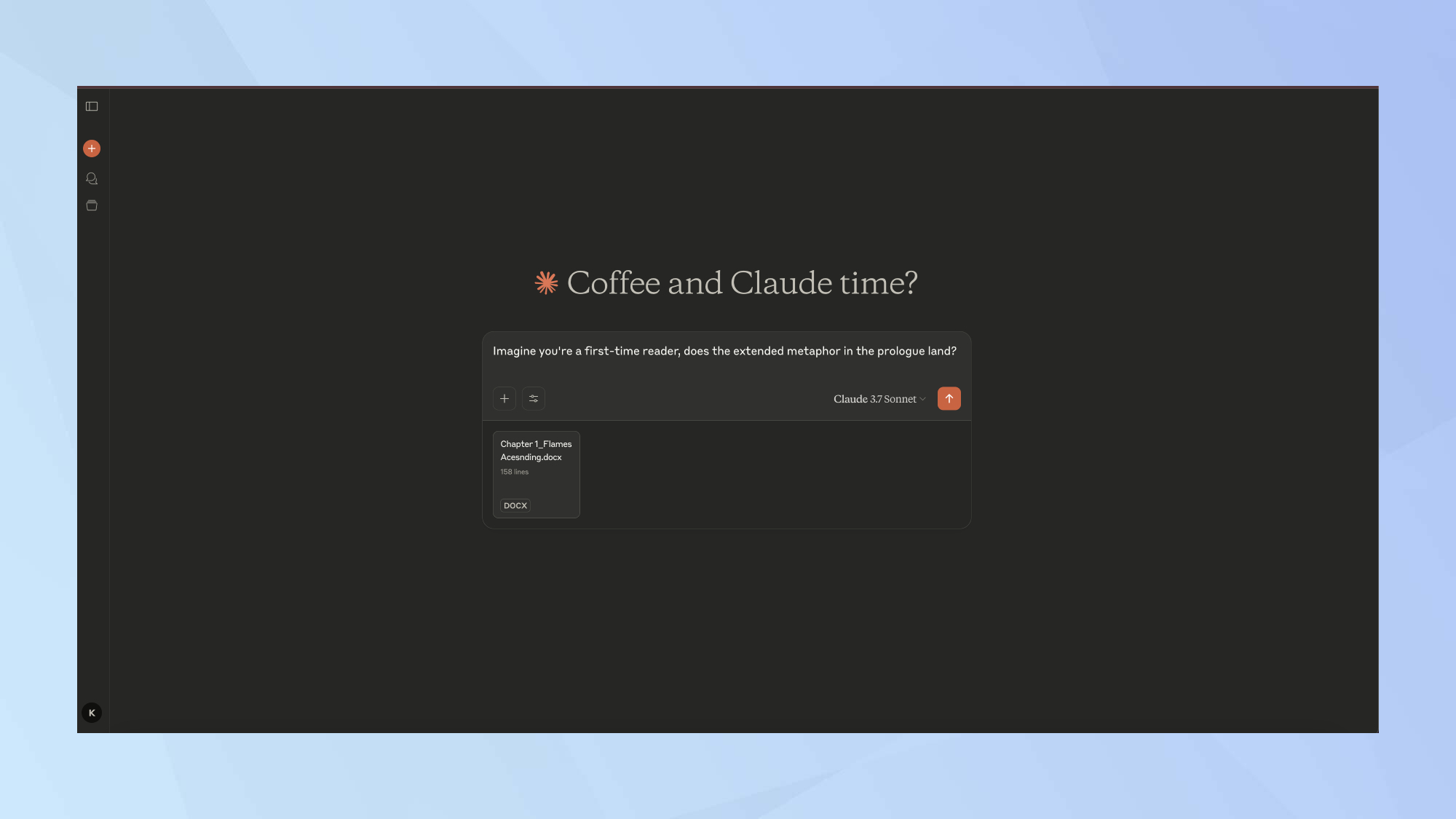
Writing can be isolating, especially when you're too close to a piece of writing to see what's missing. When I need fresh perspective and my usual writing group isn’t available, I use a roleplay approach.
Claude excels at embodying specific viewpoints, whether that’s a journal reader, a particular poet’s sensibility, or even a character within a story. And the key is framing your request with intention.
Instead of simply asking "Is this good?", I might say something like "Imagine you're a first-time reader, does [XYZ] land clearly?" or "Imagine you're an experienced creative writing mentor reviewing this piece. Provide feedback on what I can to do improve."
It's a way to surface blind spots and sharpen the work through imagined feedback. By stepping outside your own perspective and viewing your writing through someone else's critical eye, you can identify issues you might miss otherwise.
2. "I need help with..."
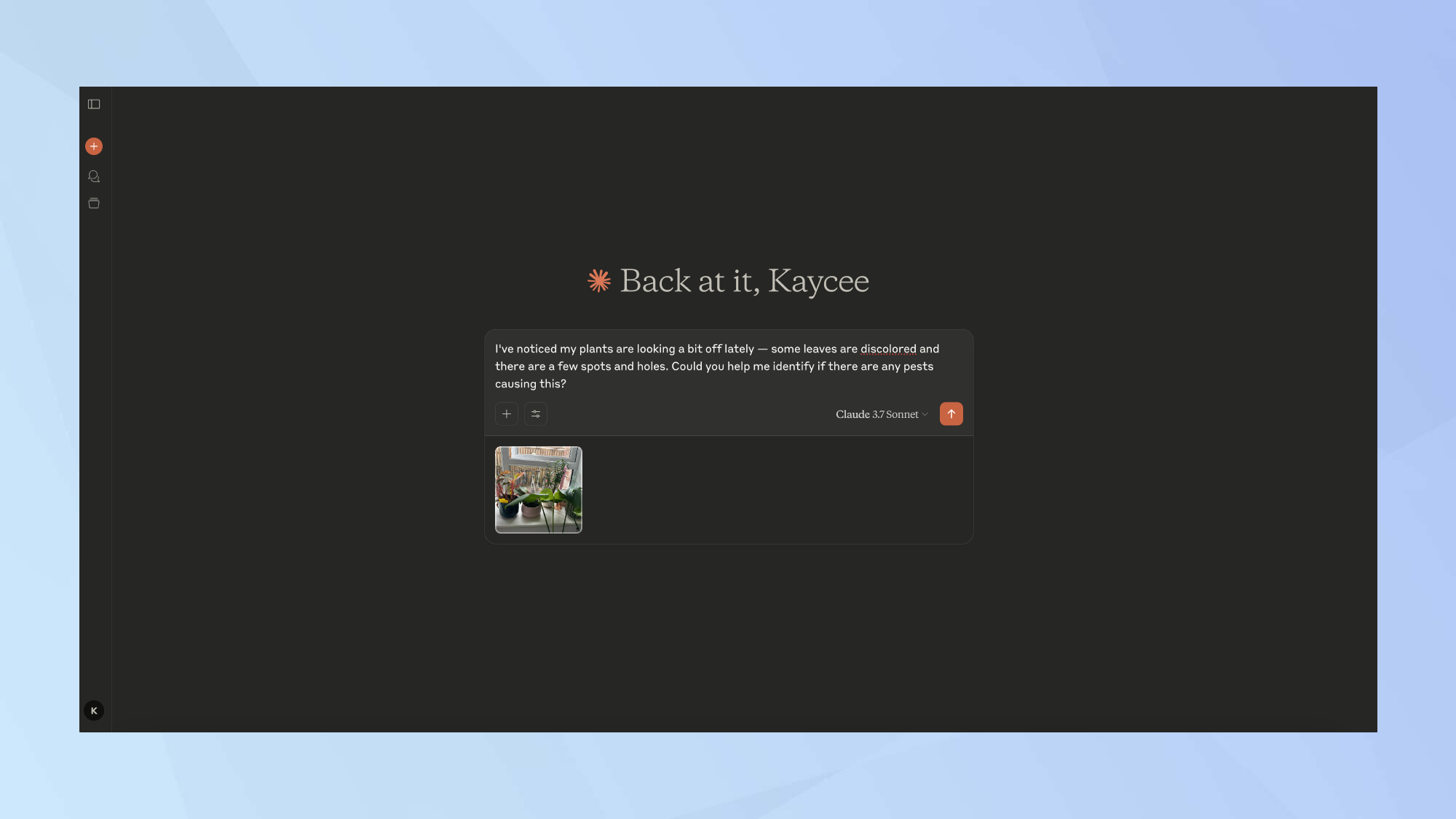
This straightforward prompt works wonders for any complicated project that feels too big to tackle. Simply starting with "I need help with..." followed by your challenge gives Claude the opening it needs to break everything down. I used to default to Google for these kinds of queries, but Claude is now my go-to.
What makes this particularly useful for complex problems is how Claude thinks through all the moving pieces and potential complications. Instead of diving straight into solutions, it helps you understand the full scope of what you're dealing with.
Recently, I used this to tackle a mysterious pest problem attacking my houseplants. Claude helped me think through everything from identifying the specific pest type to researching organic treatment options to creating a quarantine system for affected plants.
3. "Diagnose this for me..."

Sometimes you need more than a solution, you need to understand what caused the problem in the first place. I use "diagnose this" when I'm facing a mystery where multiple factors could be responsible.
My partner had food poisoning, and we couldn't figure out whether it was from tinned sardines the night before or bad eggs. I've used "diagnose this" for a range of situations, but this particular case showed how well Claude handles complex cause-and-effect scenarios.
To be clear, you should seek professional medical advice from an actual person rather than solely relying on AI, but Claude identified the actual problem and provided clear guidance on how to address it.
I've used this diagnostic approach for everything from troubleshooting garden issues to figuring out why my sourdough starter died.
It works well for any situation where identifying the root cause is just as important as fixing the problem.
4. "What is it?"
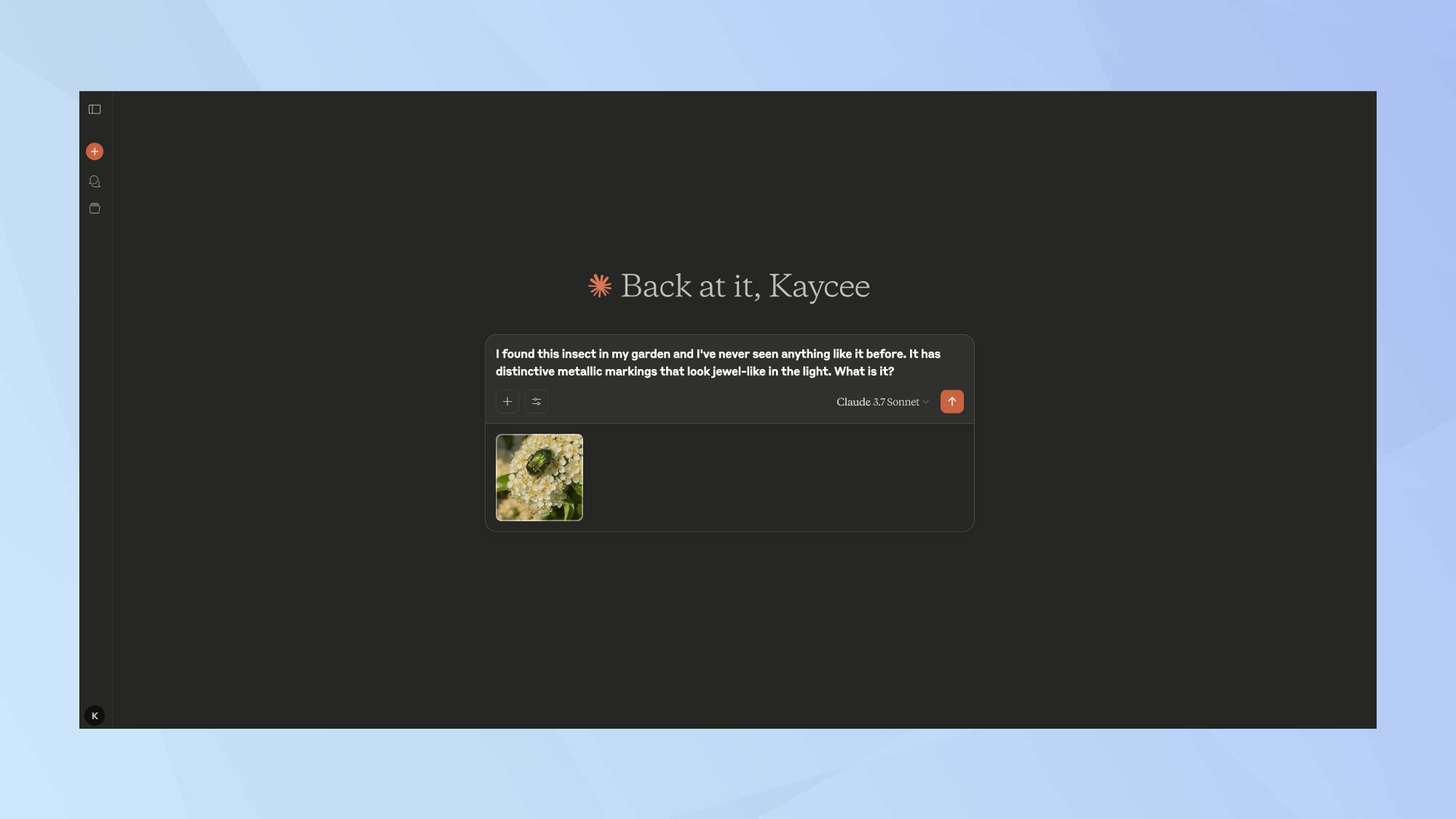
Finding a strange beetle in my garden that I'd never seen before sparked one of my favorite Claude conversations. I've used "What is this thing?" countless times when encountering something unfamiliar that I need to identify quickly.
I took a quick photo and uploaded it to Claude, describing what I could see: a distinctively metallic-green beetle that looked almost jewel-like in the light. Claude examined the image and asked follow-up questions about where I found it, its size, and behavior.
Within a few exchanges, we identified it as a jewel beetle (also known as a jewel of York beetle). Claude provided comprehensive information about whether it was harmful to my plants (thankfully, no), what it eats, and interesting facts about this particular species.
Claude's ability to analyze images and narrow down possibilities through follow-up questions makes it invaluable for solving everyday mysteries.
5. "Teach me how to..."
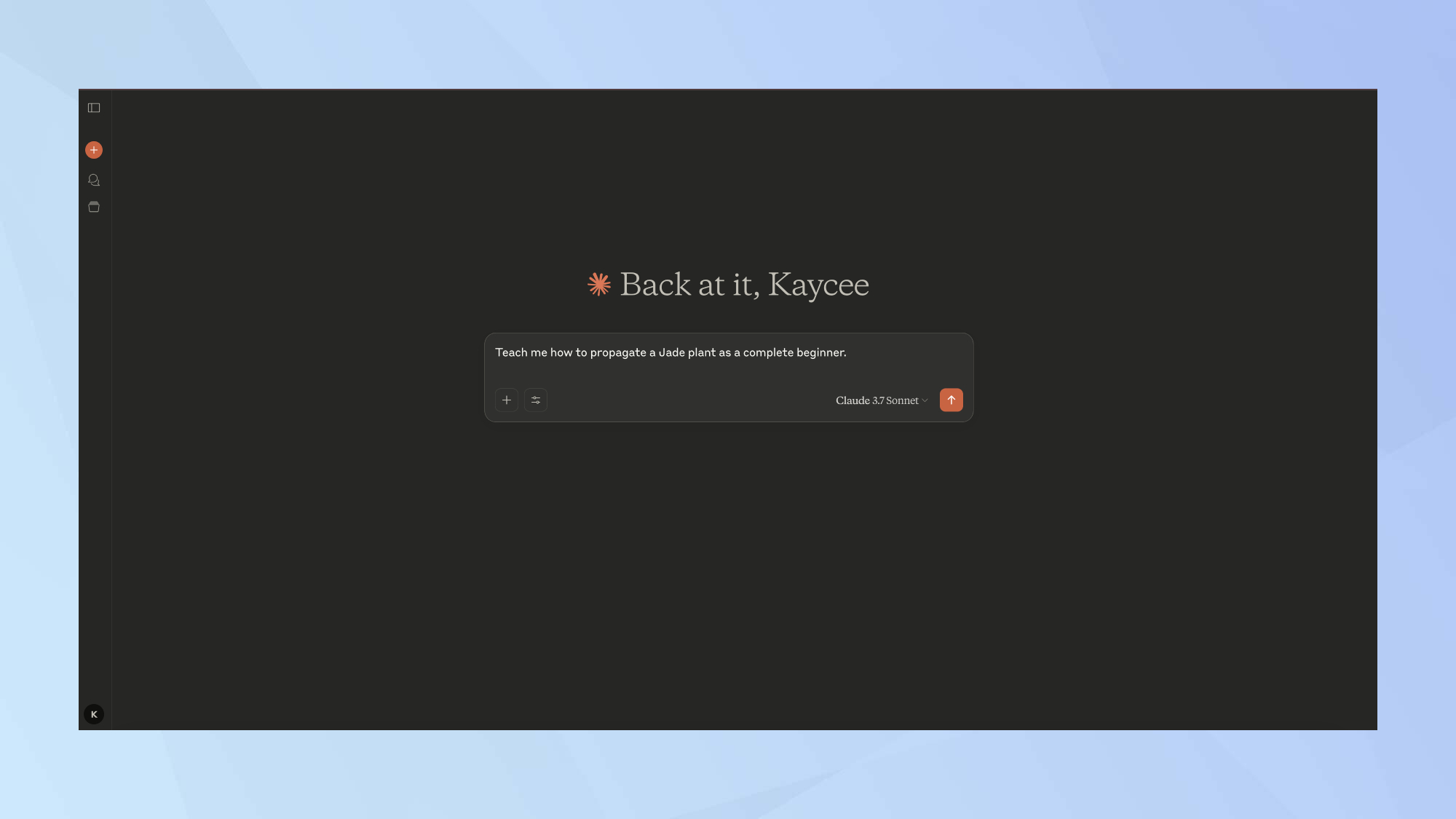
One of Claude's most valuable features is its ability to break down complex skills into manageable learning steps. I use "Teach me how to..." whenever I want to learn something new but don't want to wade through countless Google results and conflicting advice.
Recently, I asked Claude to teach me how to propagate a jade plant cutting as a complete beginner. It started with the basics: what to cut, what tools I needed, and how to let it callus before planting. When I got confused about timing or whether my cutting looked healthy, I could ask follow-up questions immediately.
I've used this teaching format to learn everything from assembling shelves to bread-making techniques. Claude's ability to customize explanations and provide context in real-time beats piecing together fragmented information from multiple websites.
Now you've learned how I use Claude and why it's my favorite AI model, why not take a look at our other helpful AI articles?
Check out 5 smart ways to use Gemini Live on your phone right now and ChatGPT has added a new image library — here's how to use it. And if you want to make AI playlists in Spotify, here's how to do it.
Get instant access to breaking news, the hottest reviews, great deals and helpful tips.
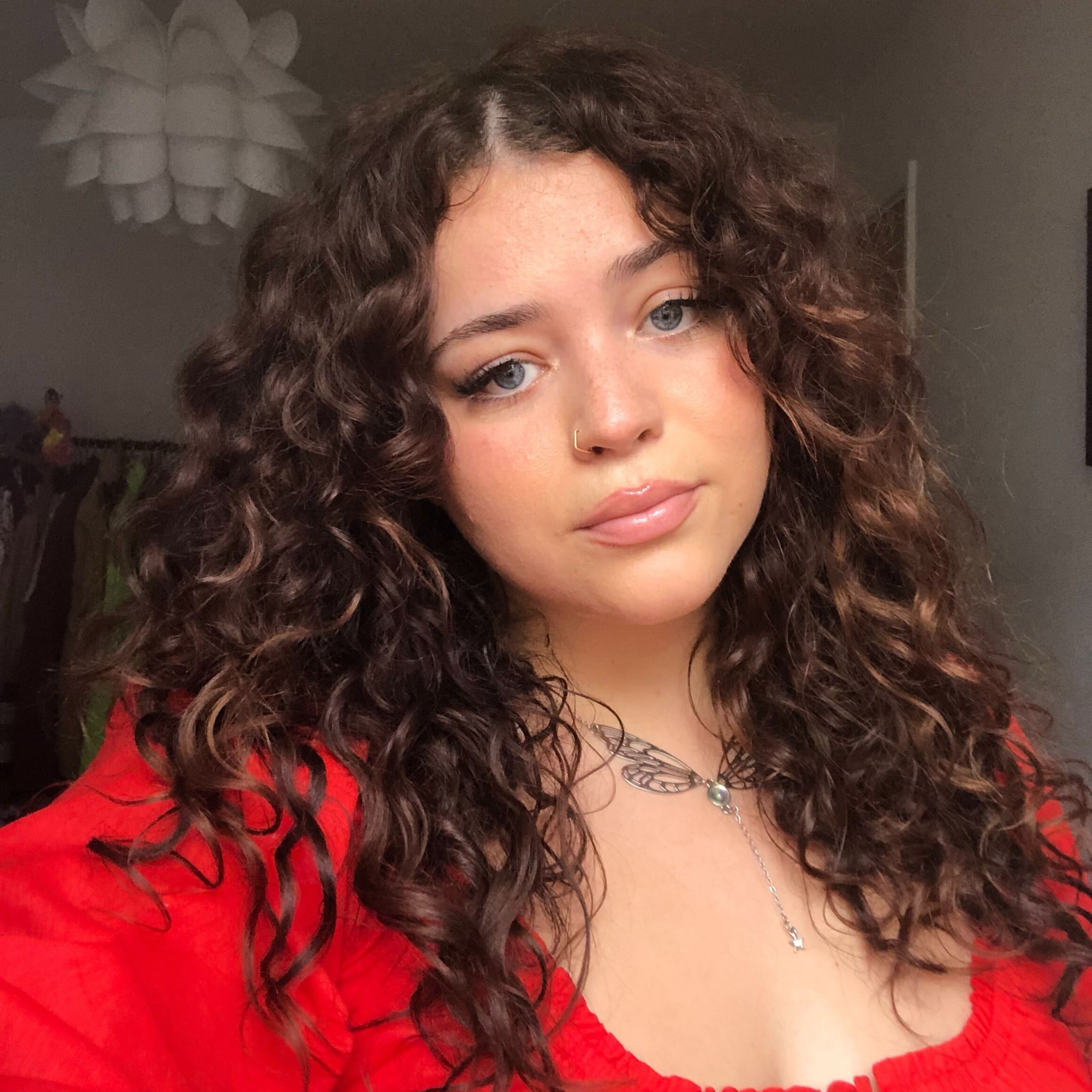
Kaycee is Tom's Guide's How-To Editor, known for tutorials that skip the fluff and get straight to what works. She writes across AI, homes, phones, and everything in between — because life doesn't stick to categories and neither should good advice. With years of experience in tech and content creation, she's built her reputation on turning complicated subjects into straightforward solutions. Kaycee is also an award-winning poet and co-editor at Fox and Star Books. Her debut collection is published by Bloodaxe, with a second book in the works.
You must confirm your public display name before commenting
Please logout and then login again, you will then be prompted to enter your display name.
